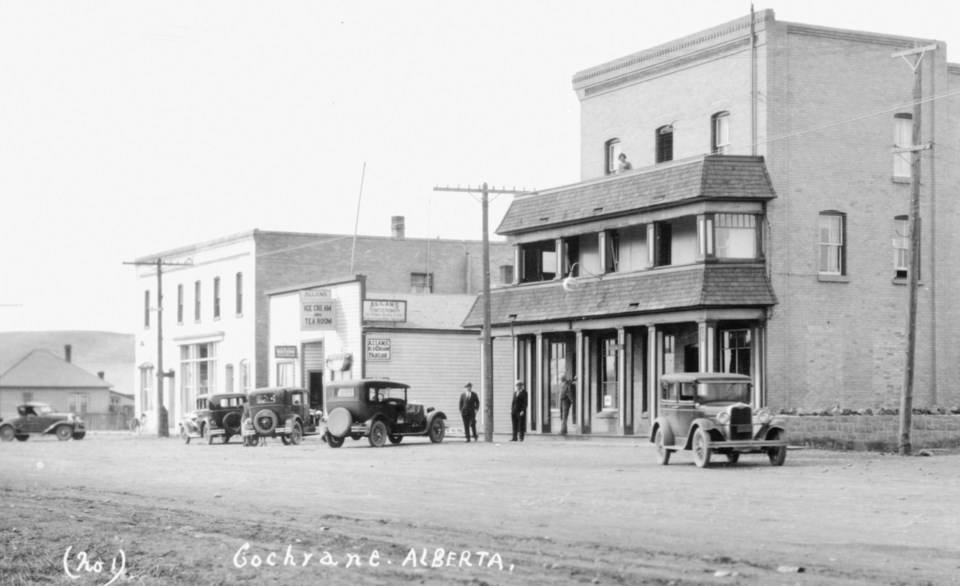What is western heritage, and what does it mean in Cochrane?
That’s the question at the core of the discussion around a new set of guidelines being proposed by the Town of Cochrane.
The expression of Cochrane’s western heritage in new buildings, additions, or renovations to existing buildings and landscaping and artwork along transportation corridors will soon be entrenched in newly defined guidelines aimed at reducing confusion for developers and town administrators.
The proposed framework was discussed at a Cochrane town council regular meeting Oct. 24, and will now be the subject of an upcoming public hearing in council chambers, to be held Nov. 14 at 5:30 p.m.
The new framework document – the Western Heritage Design Framework – will be incorporated into the current land use bylaw in the form of an amendment. The updated document will guide the manifestation of western heritage in public spaces.
A brief presented to council stated a review revealed the existing guidelines were not consistent throughout the town, and both developers and administration were not clear how they represented Cochrane’s history and heritage. It was also determined the existing bylaw may have been stifling new innovative design, and that there was a need to emphasize the shared responsibility to preserve Cochrane’s identity between the private and public sectors.
The review determined there wasn’t one clearly defined concept of what western heritage was in Cochrane, which sometimes resulted in an architectural style with “boomtown-era” features, or the addition of things like gooseneck lighting or parapets to contemporary buildings without context.
“It was not always clear why certain features were considered western heritage, resulting in developers and business owners pushing back as the guidelines became burdensome on new construction,” the report reads.
The scope of the new framework document is for non-residential construction, and does not include the conservation of historic buildings, which falls under different guidelines.
The framework also recognizes the need to balance contemporary needs of Cochrane residents and visitors, and identifies three key character areas to focus on: the old town, representing the early-era town site and key location of the town's historical resources; the railway transition zone, where the old town meets more contemporary urban areas; and corridors where Cochrane’s unique identity can be communicated to visitors and passersby along highways and major thoroughfares.
The old own is a triangular area located between the rail corridor (south), the east side of Baird Avenue (east), and the north sides of 2nd St. W, 3rd St. W, and Highway 1A (north).
The railway transition zone includes all development lots located adjacent to the railway right-of-way (south) between the rail corridor (north), Railway St./Glenbow Dr./Griffin Rd. (south), Glenbrook Rd. (west) and the Cochrane town limit (east).
The corridors zone includes all lots located adjacent to Highway 1A, Highway 22, and Griffin Road that are not located within the old town or railway transition zone boundaries. These lots are shown in graphics in the Western Heritage Design Framework document, which is posted on the Town of Cochrane website, Cochrane.ca.
The report presented to council stated that “based on the pattern of development and the car-orientated chain businesses located along the highways and Griffin Road, having historically inspired buildings is not always the best way to communicate Cochrane’s identity in this zone.”
Under the new guidelines, contemporary buildings will be allowed in the old town if they are compatible with and responsive to historic buildings. This is to ensure that a false sense of history is not created by new development.
During the drafting of the framework document, a stakeholder group was created out of business owners, land developers and interested parties, including the Cochrane Historical & Archival Preservation Society and the Stockmen’s Memorial Foundation.
For more information on the proposed updates to the guidelines or view the Western Heritage Design Framework document go to cochrane.ca.




